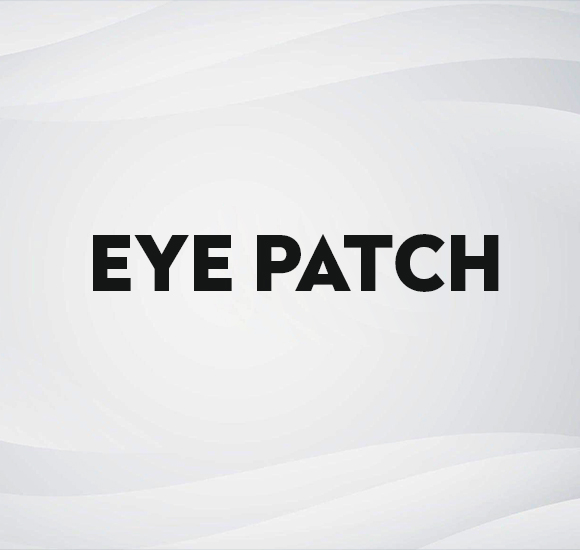
Eye patches are more than just a fashion statement or a pirate's emblem. They play an important role in the field of medical treatment and eye care. Eye patches, while conjuring up visions of daring explorers and buried jewels, are essential instruments for treating numerous eye problems and helping in the recovery process. This blog will explain what an eye patch is and how it might be used in clinical and therapeutic settings.
An eye patch is a straightforward yet successful medical device that conceals one eye and is usually made of soft, gentle materials. Its basic function is to obstruct or block sight in one eye, and this simple operation can have a variety of purposes.
Treating Amblyopia (Lazy eye)- One of the most prevalent and well-known applications for eye patches is for the management of amblyopia, sometimes known as "lazy eye." Amblyopia happens when one eye is noticeably brighter than the other, resulting in decreased vision in the weaker eye. Eye patches are worn over the more powerful eye to correct this problem. This makes the weaker eye perform harder to improve its ability to see.
Post-surgery protection- Following eye surgery, the eye may require covering to recuperate properly. Eye patches are used to protect the eye from possible damage, such as inadvertent rubbing or being exposed to intense light, which can be detrimental to the process of recovery.
Corneal abrasion and infections- Eye patches can help in the treatment of corneal abrasions, which occur when the eye's natural outer layer is destroyed. These patches protect the afflicted eye from further discomfort while also promoting recovery. Patches can restrict the spread of germs to the opposite eye or outside settings in case of eye infections.
Light sensitivity- For people who struggle with photophobia or high light sensitivity, eye patches are an easy but effective remedy. Such patches can be utilized to block out light and offer relief to people who are sensitive to light.
Double vision and diplopia- Individuals suffering from double vision or diplopia may benefit from wearing an eye patch. By obstructing vision in a single eye, the brain is compelled to concentrate on the unaffected eye's image, eliminating double vision.
Protection during sleep- People with chronic dry eyes might require the use of eye patches while sleeping to safeguard their eyes from particles or to keep wetness in their eyes.
Cosmetic and aesthetic uses- Eye patches are often utilized for ornamental and aesthetic objectives aside from medical ones. They are frequently used to treat congestion and dark circles under the eyes. Many cosmetic treatments, such as eye creams and gels, are placed under an eye patch to maximize their efficacy. These aesthetically pleasing eye patches can provide a spa-like sensation by relaxing and rejuvenating the eyes.
While the advantages of eye patches are clear, they must be used under the supervision of a medical professional. A medical specialist should establish the period of use and the exact eye to be patched. Patching an incorrect eye during amblyopia therapy, for example, can aggravate the problem.